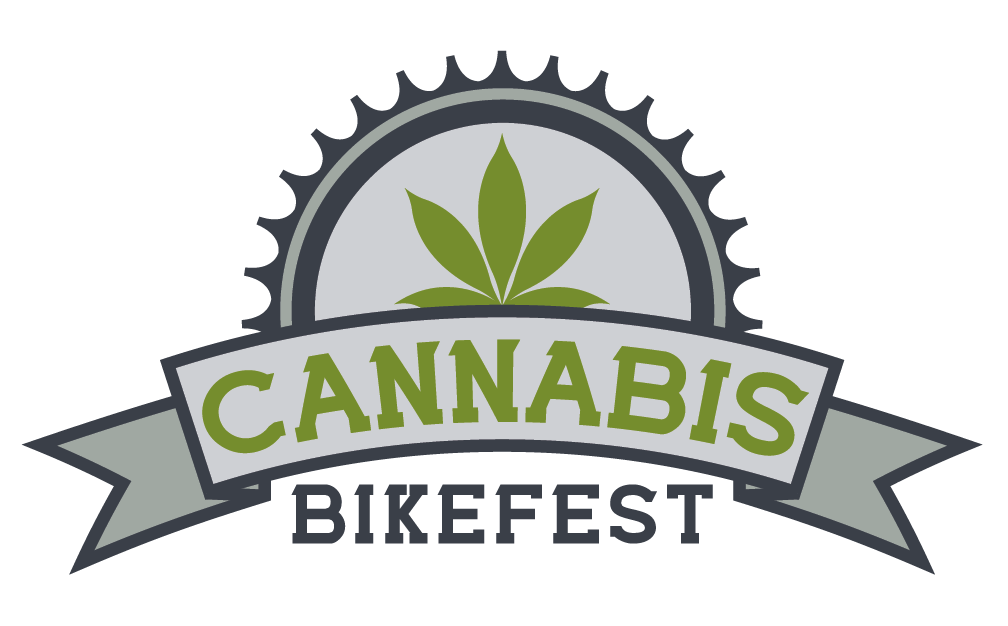For motorcyclists, a traffic stop after a ride can now involve more than the familiar walk-and-turn. Because THC doesn’t behave like alcohol in the body, officers are layering tools—each with upsides, blind spots, and growing pains—to assess cannabis impairment. Agencies still begin with Standardized Field Sobriety Tests (SFSTs) and overall riding observations, but federal guidance underscores there is no simple “THC equals impairment” formula comparable to a 0.08 BAC; dose, route, tolerance, and time all complicate the picture. In short, measured THC does not reliably map to functional impairment the way alcohol does.
After SFSTs, many departments may call in a Drug Recognition Expert (DRE). DREs follow a 12-step protocol—vitals, eye exams, divided-attention tasks—to infer a drug category such as cannabis. Courts are actively testing the method’s reliability. In 2023, New Jersey’s Supreme Court re-examined whether DRE testimony satisfies modern admissibility standards, signaling that judges nationwide are scrutinizing how much weight to give these opinions and what scientific foundation is required.
Rapid oral-fluid screens are the newest roadside addition. Portable devices collect a saliva swab and, within minutes, flag the presence of drugs like THC. Policymakers are expanding pilots into practice; for example, Michigan advanced legislation in 2025 to authorize broader use beyond earlier pilots. Nationally, reporting suggests roughly two dozen states now permit some form of roadside oral-fluid testing, though procedures and evidentiary rules vary and reliability debates persist. These swab results are typically treated as preliminary indicators that can support probable cause for confirmatory blood testing rather than stand-alone proof of impairment.
Because a true “cannabis breathalyzer” remains elusive, researchers are probing new timelines and matrices. The National Institute of Standards and Technology has proposed a two-breath approach—administered roughly an hour apart—to better anchor “recent use,” and in 2025 reported detecting time curves of THC in breath after edibles. Promising as that is, NIST stresses more validation is needed before routine roadside deployment.
Another frontier is objective eye-tracking. Building on decades of horizontal-gaze nystagmus and pupillometry, vendors now package automated ocular exams in VR-style headsets to measure involuntary eye movements that correlate with impairment from many substances, not just THC. Early adopters have been workplaces and pilot safety programs; law-enforcement interest is growing, but courtroom defensibility will hinge on peer-reviewed validation, standardized officer training, and auditable exam records.
What does this evolving toolkit mean for riders? Expect layered evidence. An officer may cite riding-pattern cues (weaving, late braking), SFST performance, a DRE evaluation, an oral-fluid screen, and—if warranted—confirmatory blood testing. Also expect state-by-state differences: some jurisdictions endorse oral-fluid screens, others are still piloting them, and courts in places like New Jersey are setting stricter thresholds for expert opinions. National guidance reiterates the core challenge: unlike alcohol, THC concentration is a weak predictor of functional impairment, which keeps reliability concerns at the center of legal and scientific debates.
Actionable takeaways for riders: (1) Don’t ride impaired—risk rises when cannabis is combined with even low alcohol levels. (2) Know your state’s rules on saliva testing, implied consent, and confirmatory draws. (3) Medical or frequent users should recognize that detectable THC can linger without real-time impairment, creating evidentiary gray areas now being sorted out by legislatures and courts. (4) In the near term, expect more saliva pilots, cautious interest in eye-tracking, and continued research toward time-stamped breath analysis—incremental steps, not silver bullets, in the roadside test scene.
Discover: Cannabis charitiy organizations.

